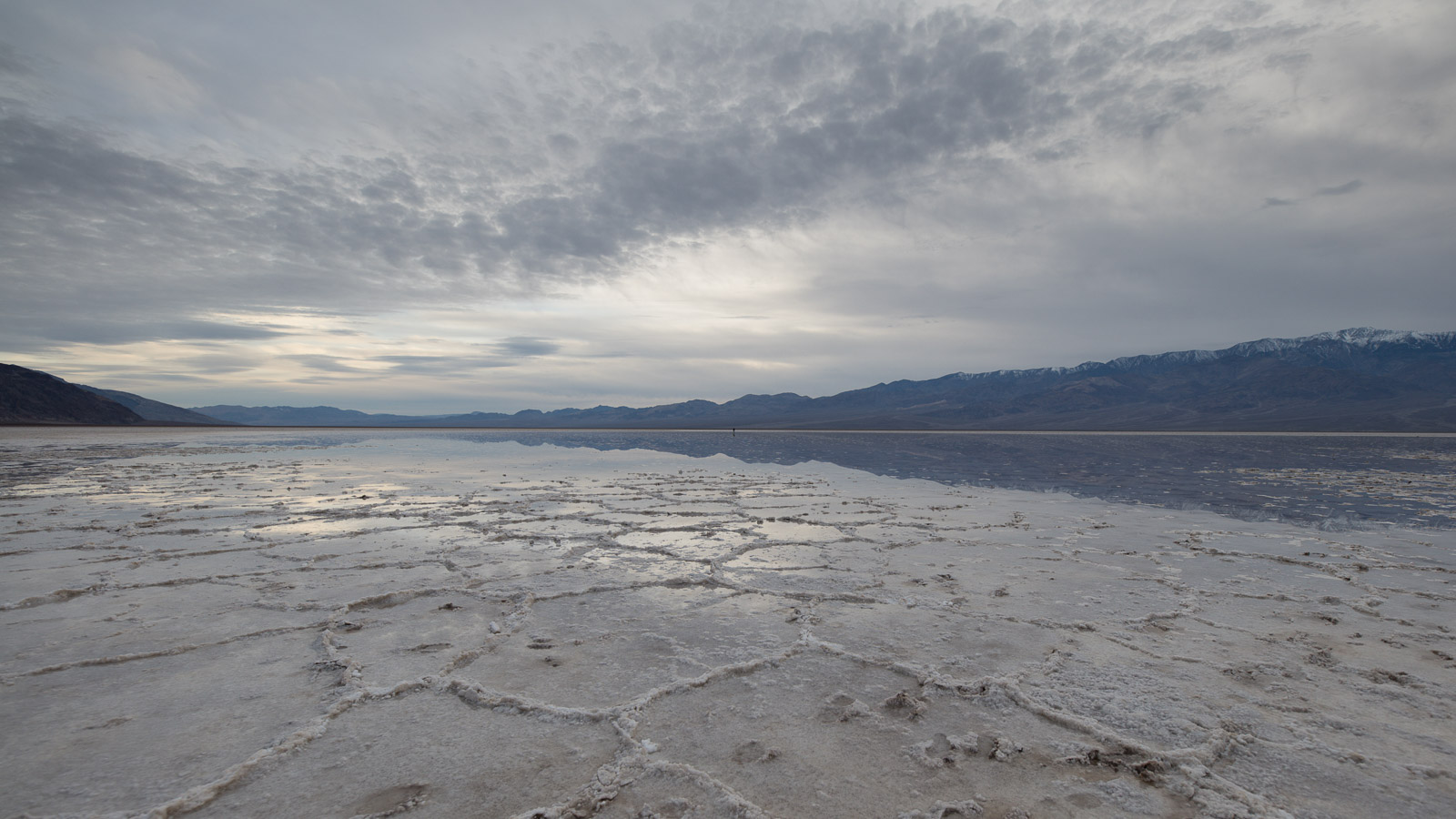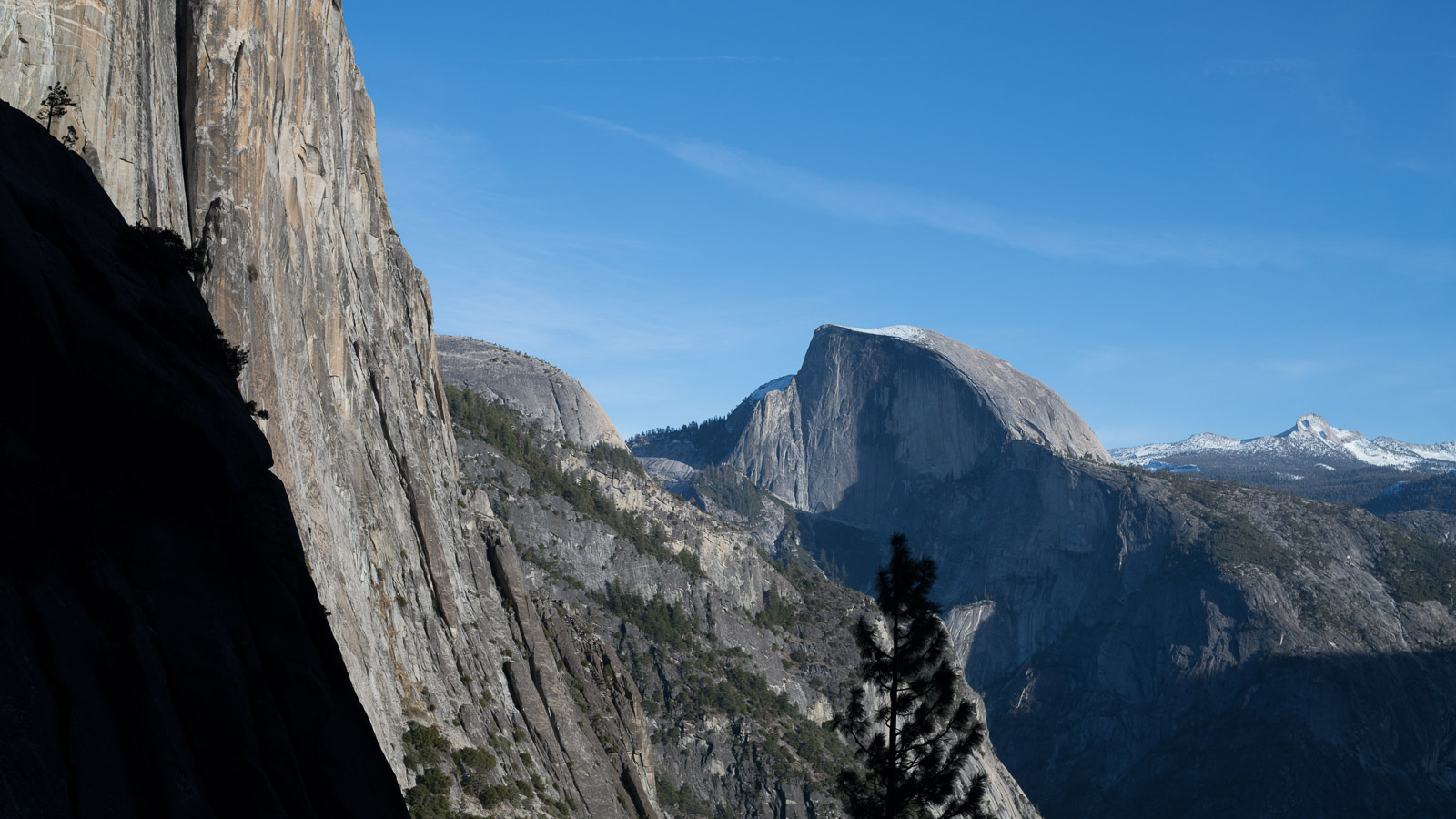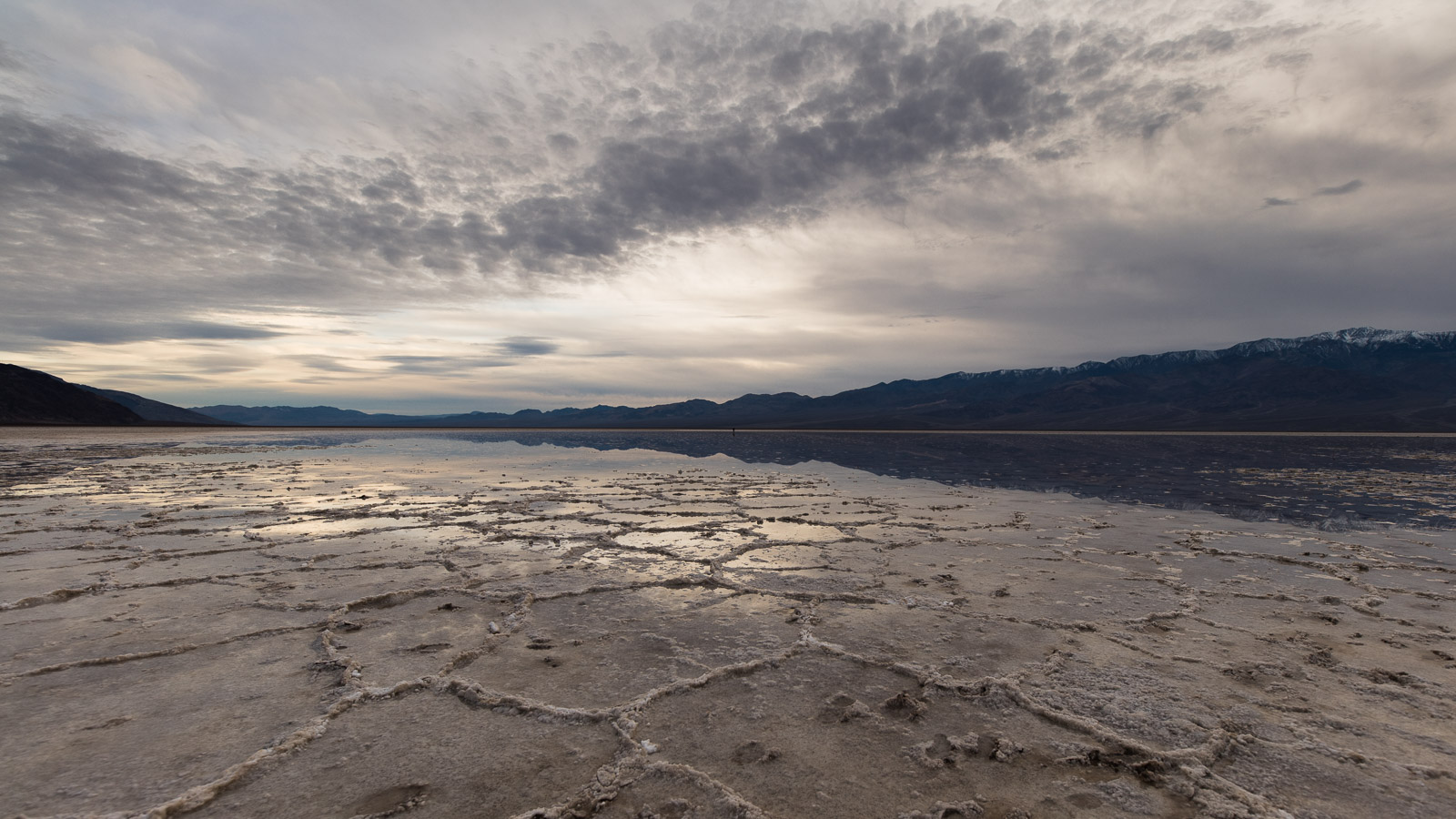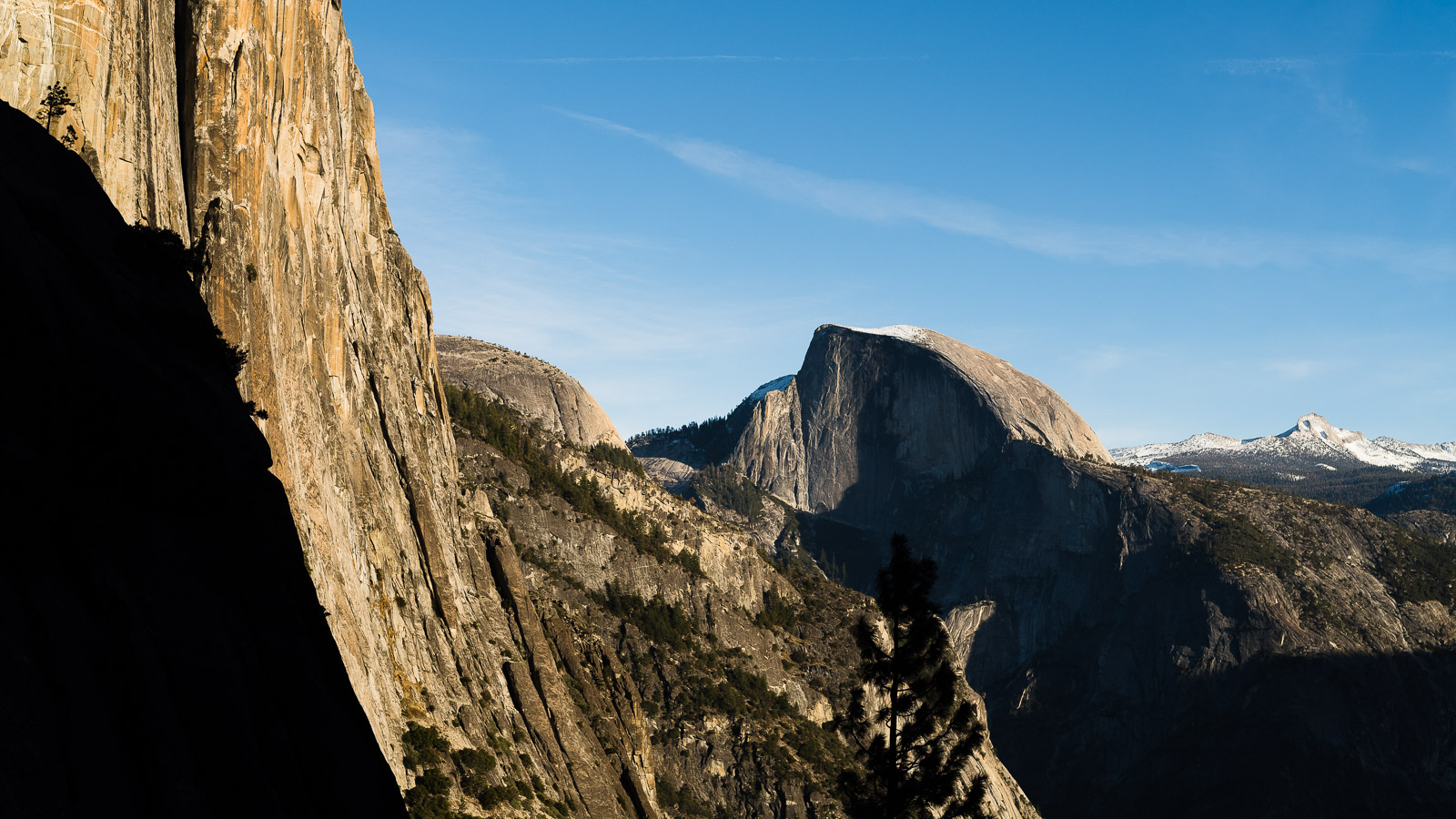That’s the Nikon D850 I’m referrring to. But it can also mean the Fuji medium format GFX’s sensor, or any of the latest Sony full frame mirrorless.
Anyway, the point is that I played with a couple of raw files from a D850 and the experience left me cold. I distinctly remember when I first saw what my Nikon D600, my first full-frame camera, could do. I was upgrading from a D7000 with smaller APS-C sensor, and the richness and modulability of the files blew me away. How easy it was to extract the colors I wanted from the raw files; the amount of information hidden in the blacks; the endless possibilities!
Back to the D850. My friend Daniele rented the camera and some of the best lenses available (Sigma primes; the 50mm f/1.4 and the 14mm f/1.8), went for a trip and then sent me a few files.
I started to play with these two shots taken in obvious places in California. I wanted to see for myself if I really need a monster 40+ megapixel sensor with huge dynamic range that can see in the dark. I realize that I am not considering other important aspects like build quality, autofocus, lens availability, but bear with me, I really want to concentrate on the sensor itself and what it can do — because let’s face it, that’s the main selling point of all new cameras: the miracles of a new, updated sensor. Incidentally, it seems to me like only micro 4/3 cameras are more relaxed in this approach, focusing less on sensor qualities and more on autofocus, video capabilities, in-body stabilization, tricks like sensor-shift tech to deliver 80 Mp files from a 20 Mp sensor, etc. That is probably due to actual physical limitations of what a smallish sensor could ever achieve (remember that I loved the pre-2014 Olympus and their 16 megapixel sensor).
These are the original files, no editing save for a 16:9 crop:


And these are my processed version:


A 1:1 zoom on Half Dome:

So what I normally do with shots like this — I make them even tighter in terms of dynamic range; a robust S-shaped curve, so that all darker areas go to deep black. I care less about sharpness and noise that what I used to do. I actually welcome noise now that is so organic and less digital. Do I really need a D850?
For me, the era of being gobsmacked by the qualities of the sensor is truly over. For the kind of photography I pursue; for the kind of processing I do.
I have never been a patient photographer, never had the time to properly do photography the way it’s supposed to be done, i.e. a relentless hunt for photo opportunities, the camera always at hand, wandering across temple-cities like New York or London or Paris doing what Doisneau or Maisel would do. Or living the wilderness like Galen Rowell or Q.T. Luong, waking up at ungodly hours to set up tripods or wait for the perfect light.
My kind of photography is stolen from my real life, it’s those little interruptions between commuting to work and playing with my daughter, cooking with my wife and riding bikes with friends, nothing’s ever planned or thought in advance.
However I do think constantly about photography, and I do spend hours cleaning up my database at home and organizing photos and editing the weed for some projects like photobooks or simply blog posts that will probably never see the end but what I need is perhaps a modern camera, fast enough that goes invisible and just does its job.
The D850, considering what it does best, considering the price and the size, does not appeal to me anymore. I still have my full frame camera, which I have kept because of a few older lenses that I have and cannot sell. But another camera is my main camera, a smaller one with a smaller sensor. I don’t feel anymore the attraction of the absolute sensor quality. I will still probably get a D810 when they will be cheap as chips in 5 years time. Because I fancy a robust Nikon professional body to keep forever, close to that other classic that’s the FM2.